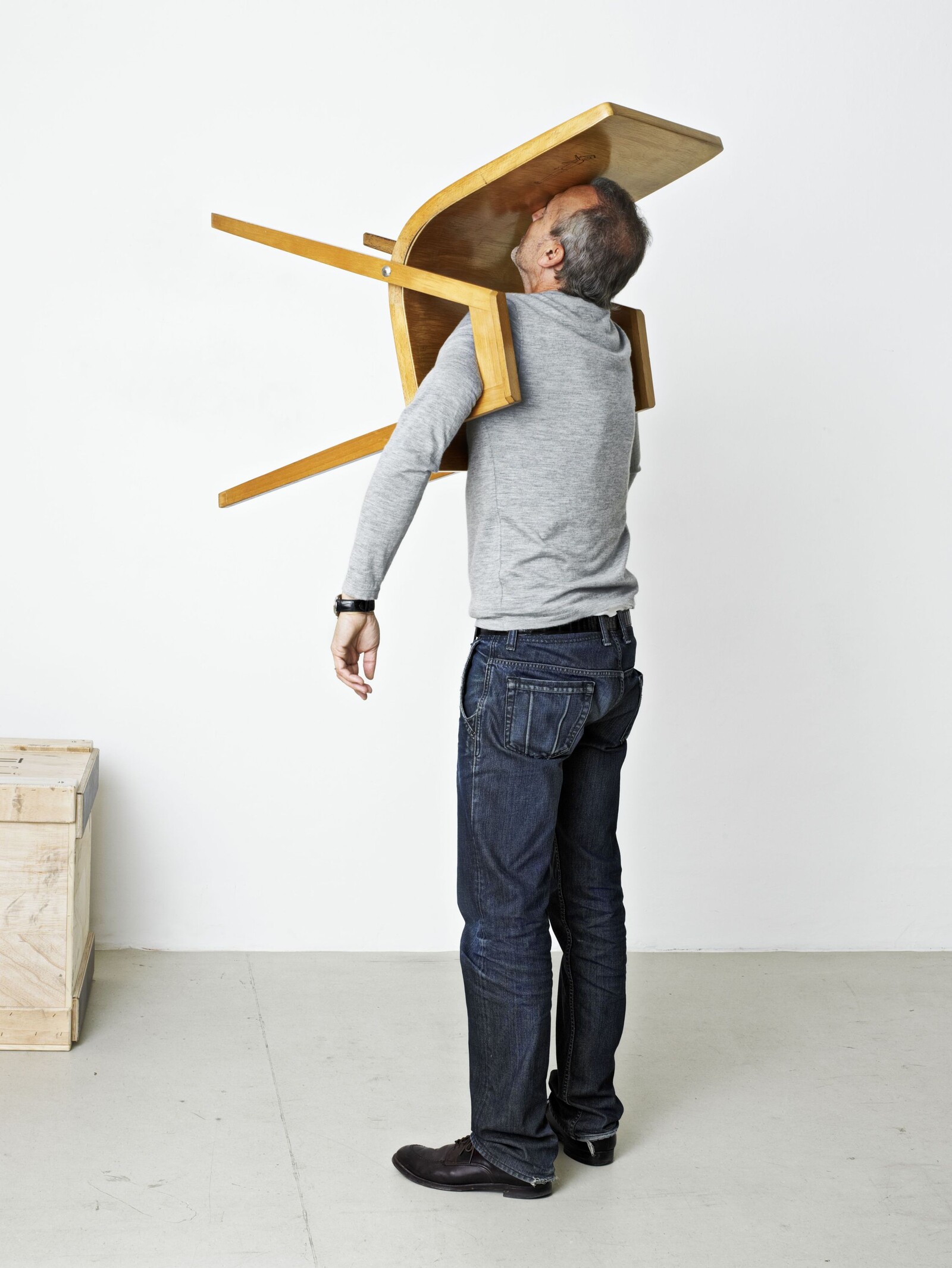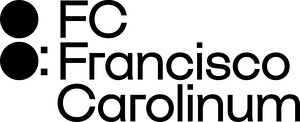Photographic Sculptures
March 7–September 7, 2025
LINZ, Austria
Museumstr. 14
4020 Linz
Austria
Hours: Tuesday–Sunday 10am–6pm
T +43 732 772052502
info@ooelkg.at
This year, OÖ Landes-Kultur GmbH is dedicating three exhibitions to the internationally renowned artist Erwin Wurm.
In the 1980s and 1990s, Erwin Wurm began to rethink the concept of sculpture. Starting with the question of what contemporary sculpture could look like, he dissected the fundamental parameters of the classical concept of sculpture. Everyday and ordinary objects, as well as the human body itself, served as material to be tested for suitability and malleability. Wurm’s deconstruction of art historical certainties ultimately led to an understanding of sculpture that included the temporary, the ephemeral, and the performative.
Media such as photography and video play a crucial role in Erwin Wurm’s oeuvre because they are well suited to capturing the processual character of his “sculptural actions” and sometimes even transforming them back into objecthood. Accordingly, the artist refers to his photographic works as “photographic sculptures“. In addition to their documentary value and the advantage of reproducibility, which allows him to rearrange, revisit, and reinterpret motifs, photography and video, especially in his early works, are integral components of those pieces that deal with the quality of time and duration.
The early work
Wurm’s photographic experiments of the 1980s revolve around the zero point of sculpture; they address questions such as What is sculpture? In the series Dust Sculptures, it is the seemingly indexical absence of dust on tables, chairs, pedestals, or the street that suggests an object must have been there. The work is not an object itself, but the dust-or the image of dust-that suggests the presence of an object. Similarly minimalist are the early works Still or Fabio Sleeping. The artist focuses on the aspect of duration: If the body itself is the material, how long must it remain static in a pose for the work to be understood as sculpture?
Textiles and the sculptural quality of everyday actions
Wurm intensively explores the creation of sculptural qualities through the simplest everyday actions or motifs, which he extracts from their context and transfers to the art context. Clothing, in its function as an elastic shell and boundary between the body and the outside world, plays a central role in his experiments. He deals with the everyday act of dressing, which changes the appearance and volume of the body. Bodies remain in sometimes absurd poses, squeezed into clothing. With the dysfunctional use and the resulting strange postures, Wurm also ironically refers to the social function of clothing as a “disguise”, a symbol of beauty, status, and belonging.
One Minute Sculptures
One of Wurm’s most famous groups of works are the One Minute Sculptures. Through written or drawn instructions, the artist encourages viewers to briefly become the artwork itself. This absurd, sometimes grotesque act catapults both actor and object out of the context of everyday life and into a new relationship with each other.
In addition to the Photographic Sculptures (until September 7, 25) at Francisco Carolinum Linz and the ceramic sculptures developed and presented at Gmundner Keramik (June 18–January 31, 26), the large solo exhibition in Bad Ischl (May 17 - October 26, 25) focuses on the sculptural work of Erwin Wurm.

